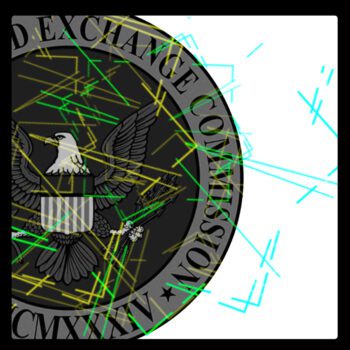|
thisCrowd - Audio Read
Getting your Trinity Audio player ready...
|
The recent surge in explicit AI-generated depictions featuring Taylor Swift on X (formerly Twitter) has sparked a profound discourse about the intricate struggles platforms encounter in containing the dissemination of synthetic pornography through cutting-edge technologies.
Unraveling the Taylor Swift AI Onslaught
The saga unfolded as sexually explicit AI-generated portrayals of Taylor Swift soared in popularity on X, accumulating millions of views, reposts, and likes before the account in question faced suspension. Despite X’s stringent policies against synthetic and manipulated media, the explicit content persisted, prompting discussions about its origin and the sophisticated techniques involved in its creation.
Tracing the Origin and Dissemination
A comprehensive report suggests that the sexually explicit AI-generated images likely originated from a Telegram group where users share analogous content crafted with tools such as Microsoft Designer. The group, acknowledged for producing explicit AI-generated images of women, allegedly treated the situation with levity, joking about the virality of the images on X. These ai pictures create difficulties for platforms in moderating content, particularly when it involves sophisticated AI-generated material.
Swift’s Fandom Strikes Back
Swift’s dedicated fan base, known as Swifties, expressed dissatisfaction with X’s handling of the situation. Some users criticized the platform for allowing explicit content to persist for an extended period. In response, Swifties initiated mass-reporting campaigns and inundated hashtags associated with the explicit images with positive messages spotlighting the artist’s authentic performances.
Social Platforms and Their Uphill Battle
The Taylor Swift AI controversy underscores the broader challenge of combating deepfake pornography and AI-generated content featuring real individuals. While some AI image generators incorporate restrictions to deter the creation of explicit content featuring celebrities, others lack explicit prohibitions. The responsibility to impede the spread of fabricated images often falls on social platforms, presenting a formidable task, particularly for platforms like X undergoing scrutiny over their moderation capabilities.
X’s Ongoing Investigation and Crisis Management
X currently faces an EU investigation for alleged dissemination of illegal content and misinformation. Questions surrounding the platform’s crisis management protocols have intensified, especially following incidents involving the spread of misinformation concerning the Israel-Hamas war. The Taylor Swift AI controversy compounds the challenges X confronts in addressing the misuse of its platform.
Legislative Initiatives and Fan-Driven Actions
The incident has spurred discussions regarding the imperative need for legislative measures to counter nonconsensual deepfakes. Representative Joe Morelle’s 2023 bill, aimed at criminalizing such content at the federal level, has come into focus. Additionally, Swift’s fans have actively participated in campaigns to shield their idol, showcasing the potential impact of organized fan bases in confronting online threats.
Conclusion
The Taylor Swift AI controversy serves as a poignant reminder of the intricate issues entwined with deepfake ai content, the hurdles faced by social platforms in effective moderation, and the necessity of legislative measures to counter the misuse of AI-generated technology. As technological advancements persist, this incident stands as a testament to the continuous efforts required to shield individuals from the detrimental consequences of synthetic media.















































